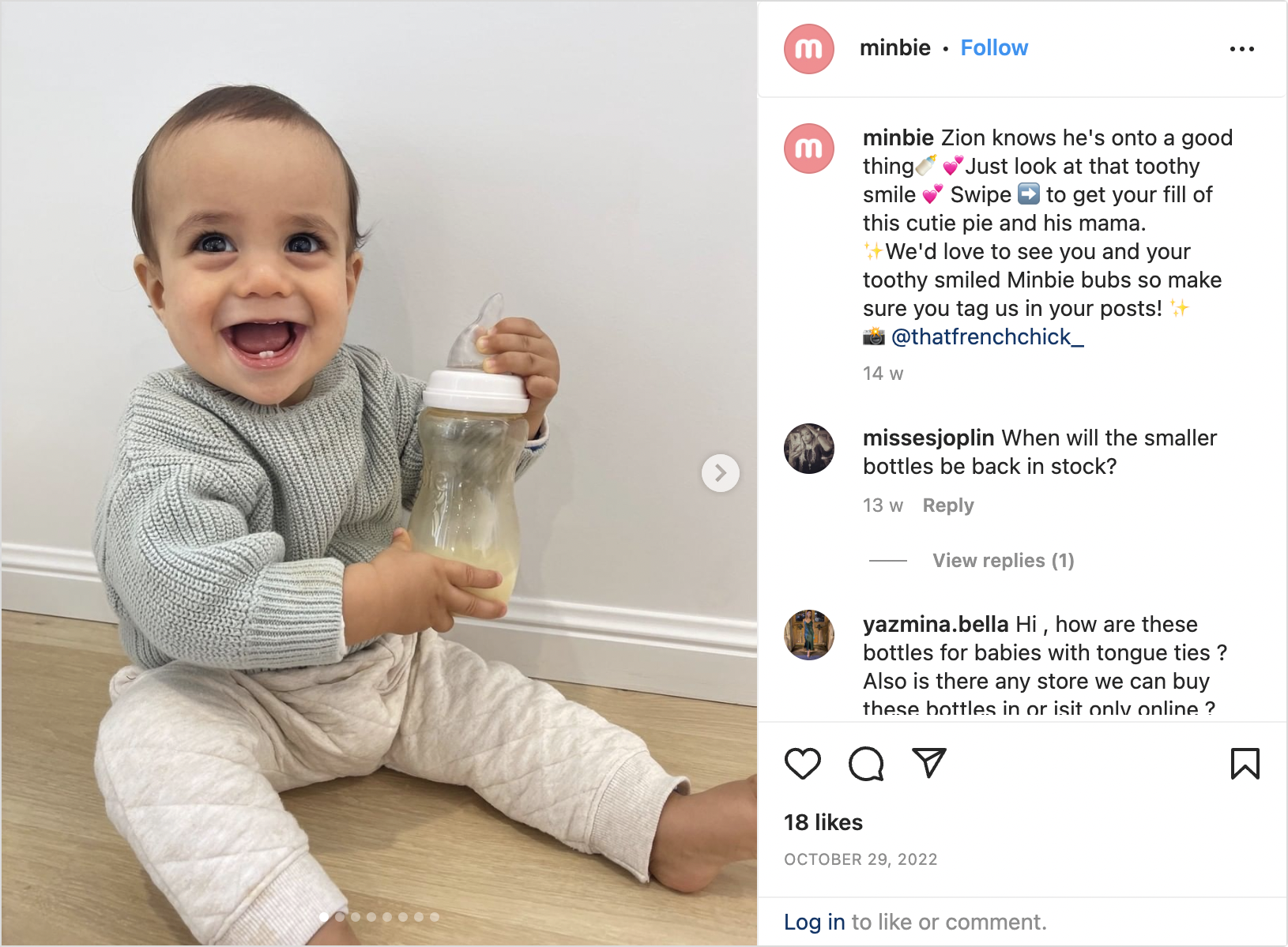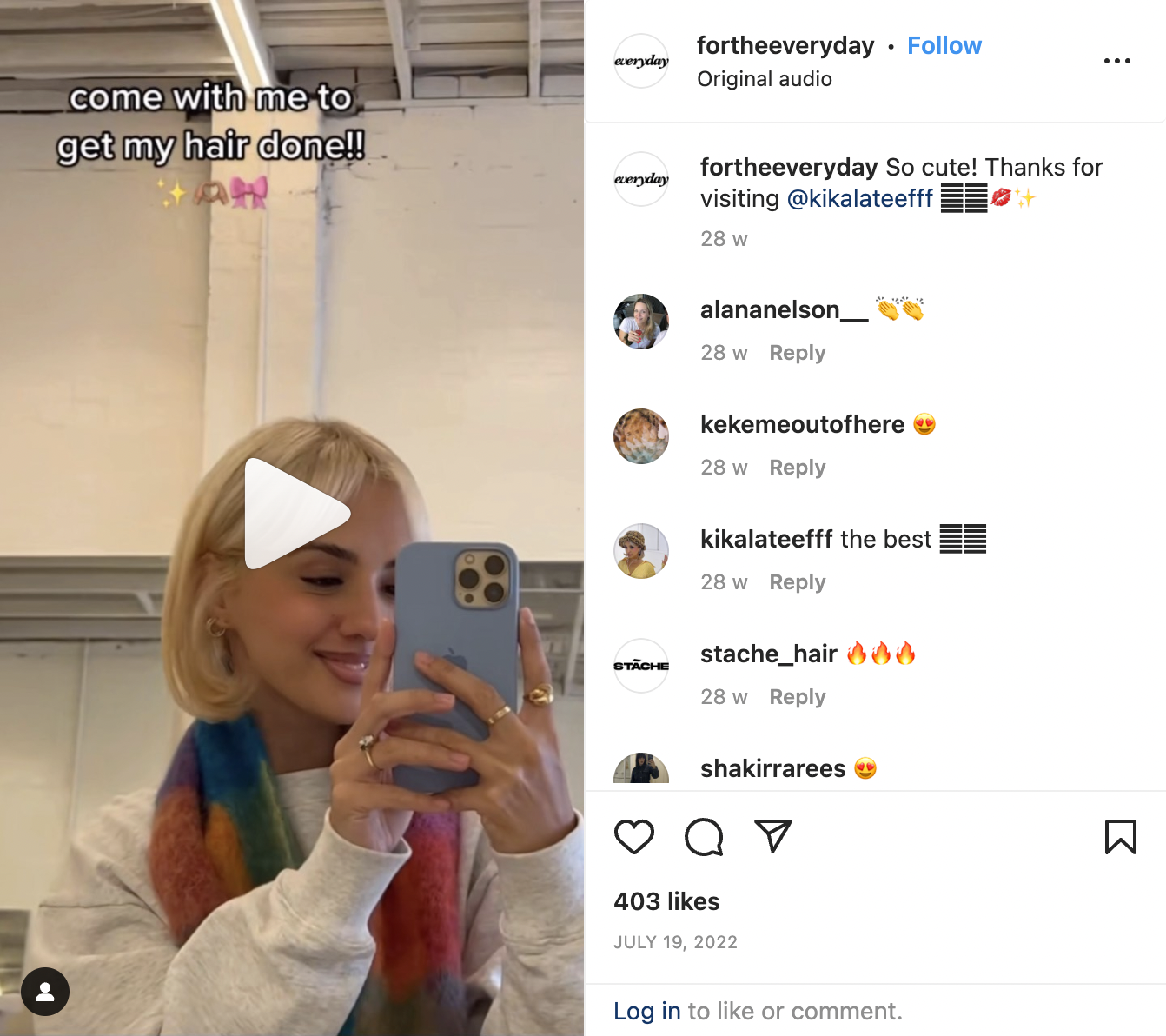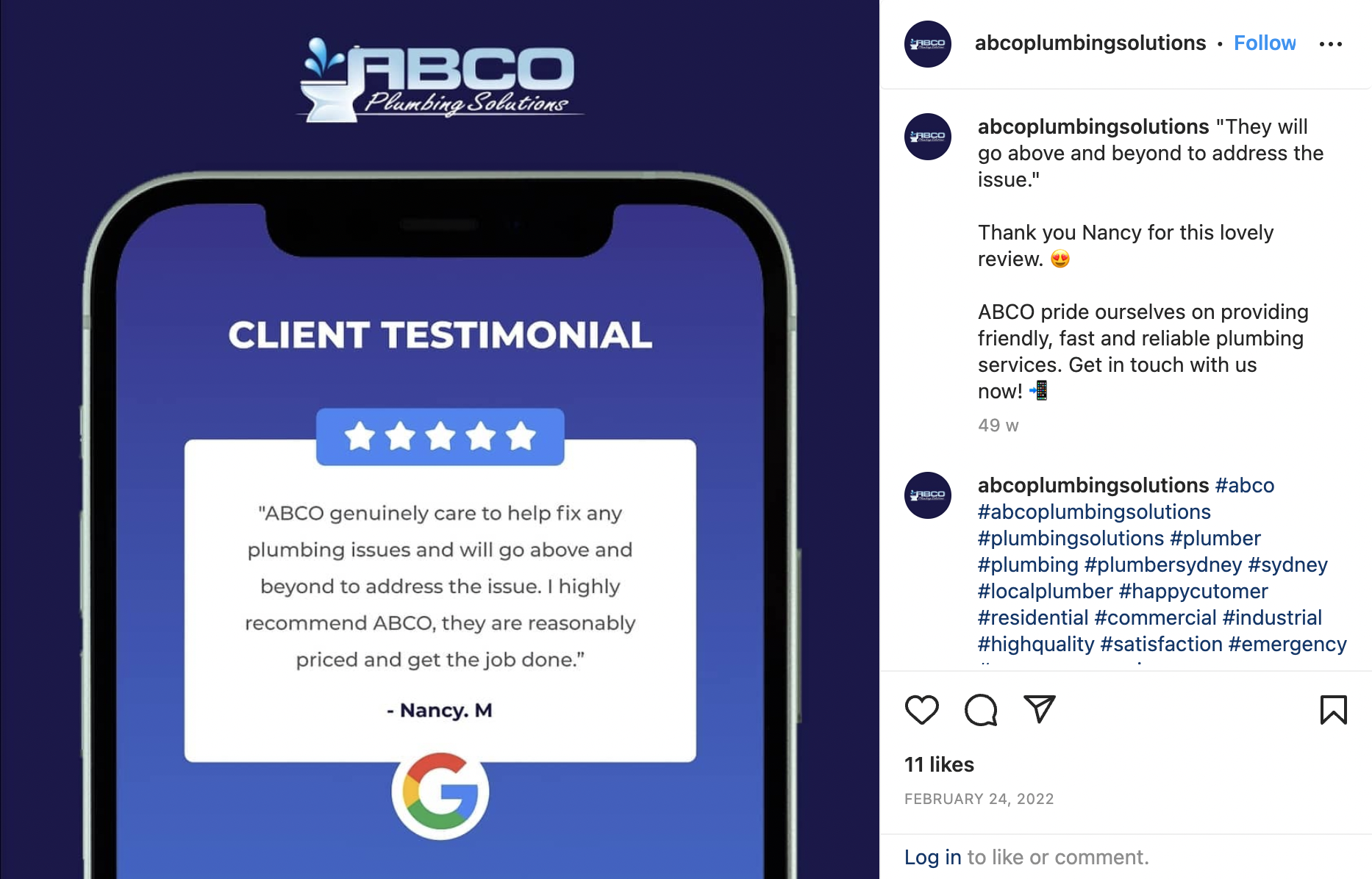In recent years user-generated content (or UGC) has become the digital ‘word-of-mouth’, making it a key ingredient in any successful marketing campaign.
In fact, 90% of consumers say UGC has more influence over their buying decisions than promotional emails and search engine results.
So if you’re not already utilising UGC within your marketing strategy, it’s time to get on board.
What is user-generated content?
As the name suggests, user-generated content is the content – such as images, videos, blogs, Tweets, testimonials or reviews – created by the users of your product or service.
A user is someone who is not paid to create content; rather, they are your customers, subscribers to your newsletter or followers of your social media profiles.
User-generated content refers to things that can be used to help you market your business in some way. For example, it could be a photo with one of your products and a hashtag of your company name, a blog that mentions your services or a review left by a customer on your Google Business Profile.
RELATED: eBook: How to create standout online content for your business.
Benefits of UGC.
User-generated content is a popular tool to market a business or brand.. Here’s a few reasons why:
- Maintains brand authenticity: Consumers are 2.4 times more likely to view user-generated content as more authentic than brand-created content.
- Establishes trust: 92% of customers say that they trust reviews over brand advertisements.
- Drives engagement: Social media campaigns that incorporate user-generated content get 50% more engagement.
- Cost-effective: Influencer marketing can be an expensive tool, while UGC allows you to generate personalised content without the cost.
- Increases conversions: UGC results in 29% higher conversion rates than campaigns that don’t use it.
How you should be using user-generated content.
1. Think of ways to encourage your customers to create content.
User-generated content (UGC) can be generated organically by your customer base, but it’s less common and can be time-consuming to find. A way to encourage its creation is to run social media campaigns with the intent of drumming up UGC. You might ask users to share an image and add a specific hashtag, or Tweet to your brand with a great idea, offering a reward or incentive.
2. Always request permission to post and credit the creator.
Before using a customer’s content, you must always get consent to repost what they have created. It will make them feel great to see you appreciate their content and will avoid any potential risk of issues regarding copyright.
Once you have the permission of the original creator, ensure you credit them within your post. This could be a tag in the post itself and reference to whether the image, video or text was created by them.
3. Put social listening practices in place.
Staying in the loop with what your customers are saying about you is key to leveraging UGC for your business’ social media strategy. Scanning social media, however, for customer-created content can be time consuming, particularly if you’re operating across multiple platforms, such as Instagram, Facebook, Twitter, TikTok, Pinterest, and YouTube.
Here’s some time-savvy ways to efficiently collect UGC:
- Set up Google Alerts: Google Alerts is a free tool that monitors the internet for the phrases you enter during the setup process i.e., you may choose your business name, industry sector or your location. Any time one of the phrases you have submitted is mentioned on the internet, you will receive an email. This is a great way to stay in tune with conversation surrounding your business. For example, Google Alerts might notify you of a blog article that mentions your business or a positive customer review, both of which you could repackage and post as your own content.
- Turn on your tagged notifications: This might seem like an obvious one, but it’s a good idea to check whether your notifications are on for any tagged content from the people you do not follow yourself. Go to the notification settings of your Instagram, Facebook and Twitter and check that you have selected to be notified of tagged posts, comments and stories.
- Use TweetDeck: TweetDeck is a free tool that allows you to monitor what people are saying about your brand when they don’t specifically tag your Twitter handle. You can access this information by setting up a ‘custom stream’ and entering the phrases you’d like to follow. Similar to Google Alerts, you may choose to be notified on content that mentions your business name or phrases relevant to your business sector.
- Try social listening tools: If you’re interested in social listening, you might decide to test out tools like HootSuite or Buzzsumo. These are paid tools however, they both offer a free 30-day trial for you to get a taste of the information that is available to you. HootSuite or Buzzsumo perform similar capabilities to that of TweetDeck but for all social media platforms. You can see whenever someone is talking about your brand, regardless of whether they’ve tagged you or not. This is a super quick and easy way to obtain UGC and leverage it for your social media strategy.
RELATED: Content ideas for every industry.
Examples of successful user-generated content.
No matter what size of business, brands utilise user-generated content to increase brand awareness, drive conversions and boost engagement in a cost-effective way. Get inspired with these examples.
1. Images
Minbie, an Australian baby product brand, repackages pictures that Mums share of their babies enjoying Minbie products online and reposts them to their social feed. What’s great about Minbie’s posts is that they create excitement around receiving customer images, encouraging users to take content and share it with the chance to ‘get featured’ on their Instagram profile.

2. Videos
Everyday Salon is a Melbourne-based hairdresser that reposts videos created by their customers to their Instagram feed. The video shared by one customer gives an insight into the best bits of going to visit this particular salon, selling the overall experience as a ‘pick me up’. This content works as a ‘free’ form of advertising, encouraging other followers to get their hair done too.

3. Reviews
ABCO Plumbing is a plumbing service in New South Wales that shares top reviews written by customers in the form of a social media post. Reviews work to build trust with your following due to the expectation that if another customer was happy with the results, you will likely be happy too. Reviews are also a great opportunity to shout about the work you are doing and how well it is being received – straight from the customer’s mouth.

Time to get started?
User-generated content can demonstrate the capability of your product or service to potential customers, boost awareness, and increase social proof during the purchase journey.
Get in touch with Yellow Pages’ team of experts to set up strategic social ad campaigns to reach new audiences and drive growth for your business.
